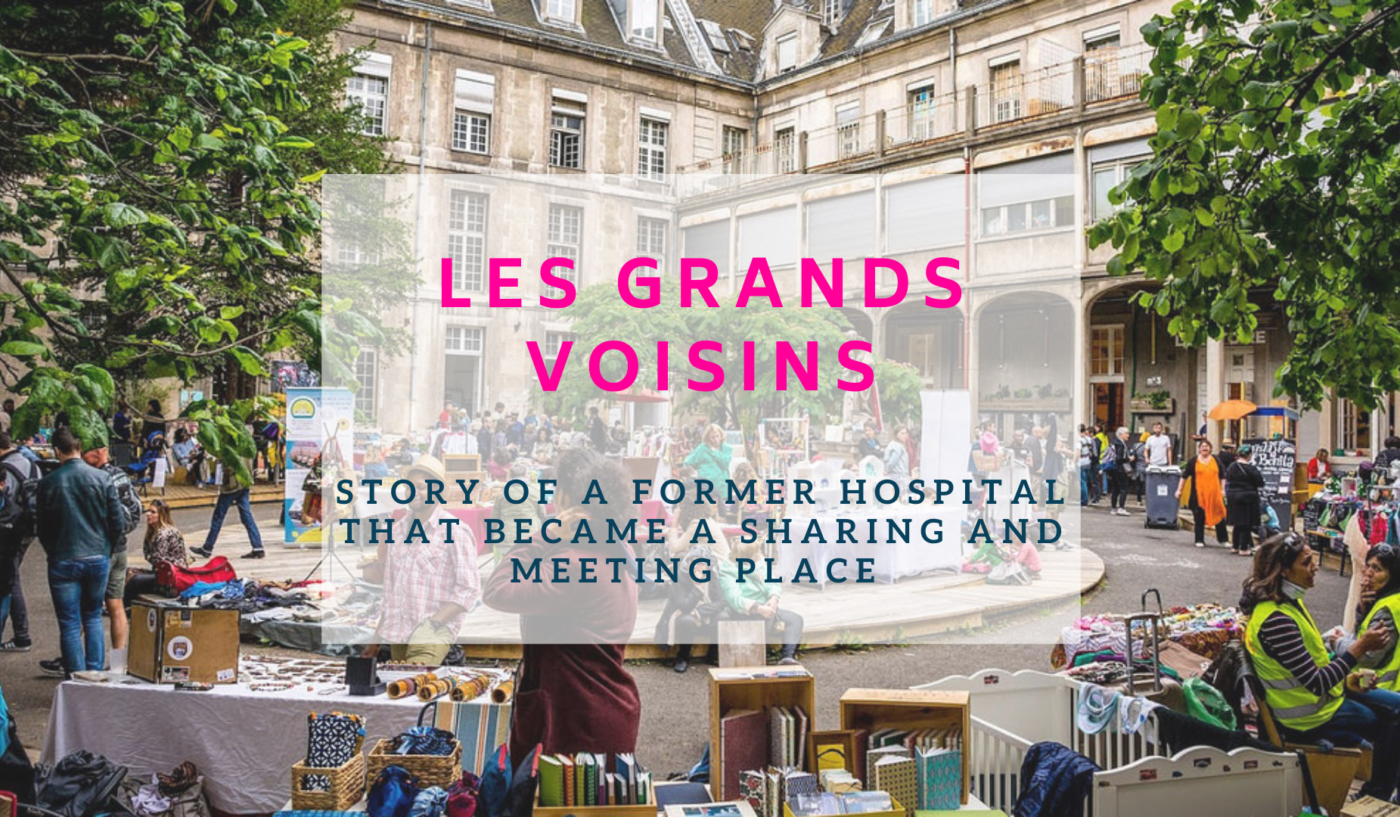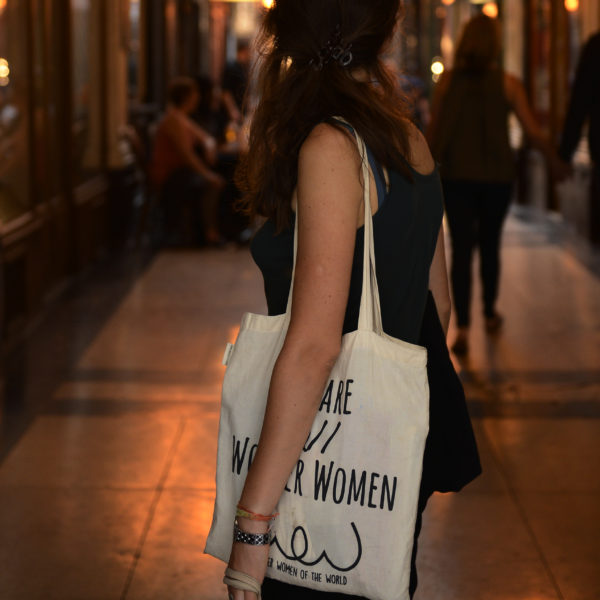Whether you come daily to pick up your bread at Chardon bakery, or for an evening at the Lingerie, or punctually to buy a small ethical gift, the Grands Voisins are an essential alternative place in Paris. Discover the history of this place that might never have existed!
The History
St. Vincent de Paul’s was a hospital since the 1800s.
The hospital was first located in the buildings built in 1655 by Gaston Duc d’Orléans for the congregation of priests of the Oratory.
The Sisters of the Congregation of Charity were then in charge of the assisted children. In 1920, the congregation was gradually replaced by nurses.
The Hospice du Faubourg St Antoine, created in 1676 by Queen Marie-Thérèse of Austria, and the Saint-Vincent de Paul Hospital merged in 1802 on the site rue d’Enfer, now avenue Denfert-Rochereau.
The Hospice also provided care for children until 1934 when the hospital was modernized to open a maternity ward.
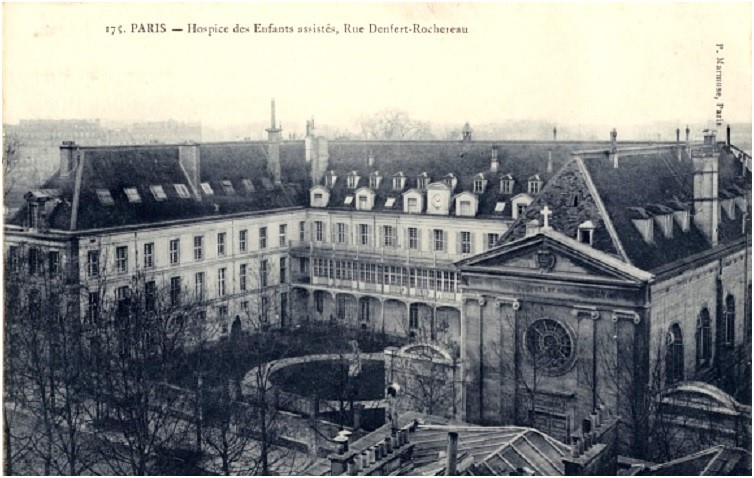
Do you recognize the Oratoire courtyard?
Reconversion
In 2010, the hospital is gradually moving to more modern facilities. The city of Paris then plans to build the first eco-neighborhood in the capital.
At the end of 2010, the AP-HP (Assistance Publique-Hôpitaux de Paris), which managed the site, entrusted it to Aurore to manage the flow of homeless people.
Aurore created 300 emergency accommodation places in the free buildings in 2014. Once the temporary occupation agreement is signed, Aurore will use the entire site.
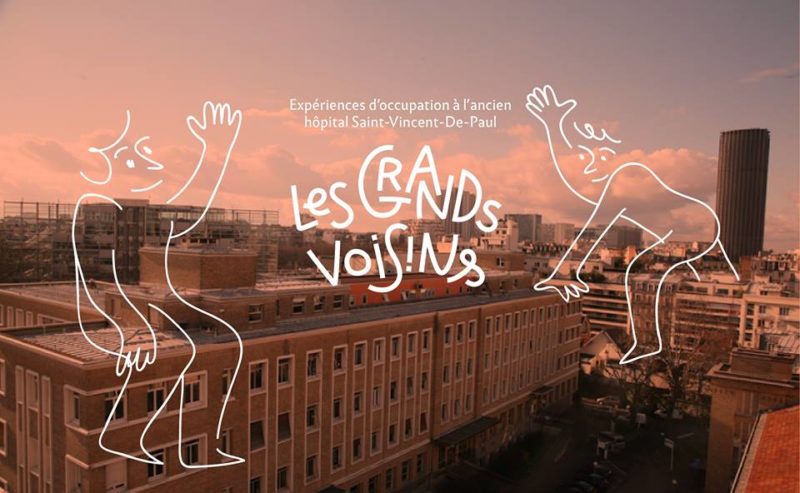
Plateau Urbain and Yes We Camp then joined the project to allow social mixing. They made vacant spaces available for social and solidarity economic actors. They also carried out the development work.
During 2015, the Lingerie proposed by Yes We Camp becomes a catering service. The residents are in charge of cooking and sales.
Following the signature of the agreement, 30 creative and social structures were selected after a call for applications. They settled in the former hospital in exchange for contributions to current expenses.
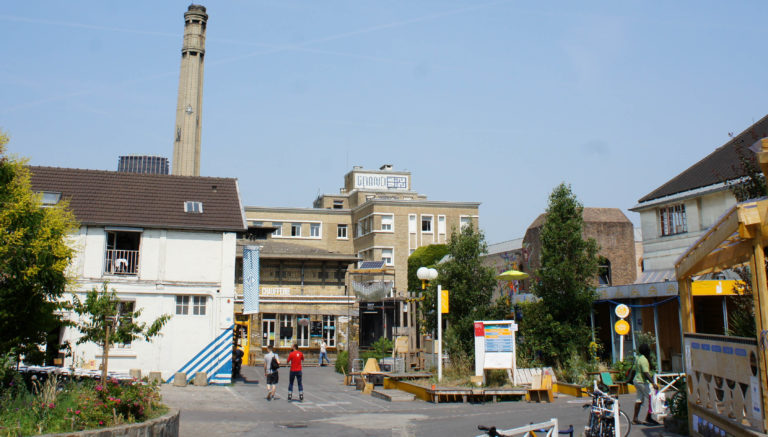
Les Grands Voisins – Season 1: Factory of common goods. From 2015 to 2017.
The 22,000 m² of buildings and 15,000 m² of outdoor space provided accommodation for more than 600 people at the end of 2015.
Alongside were also 250 associations, craftspersons, start-ups and artists, all installed on the site. The establishment has made it possible to create a meeting place, with shared activities. It has also made it possible to highlight values such as hospitality and generosity.
Did you know ?
WWoW moved to Les Grands Voisins in January 2017, in Lepage Building!
The Yes We Camp association opened the first intramural campsite in Paris, and the Conciergerie Solidaire, which promotes the return to employment of people who where unemployed for a long time. On December 22nd 2017 the first season ended and everyone thought that the adventure was over.
Les Grands Voisins – Season 2: from 2018 to 2020.
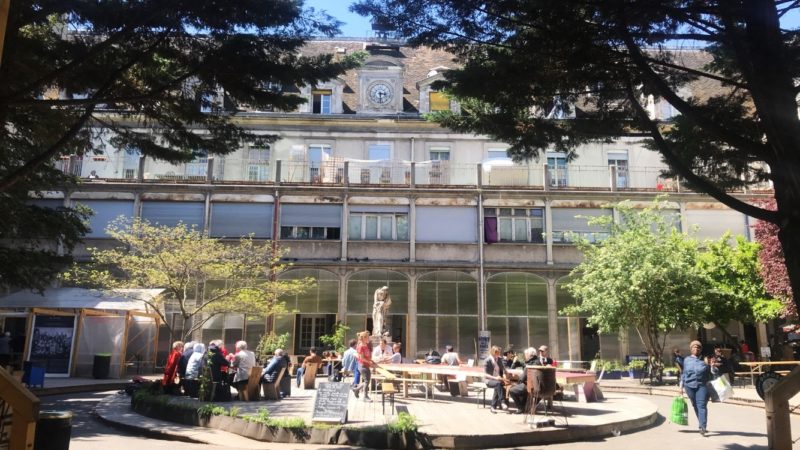
However, in April 2018, the Grands Voisins returned for a second season scheduled to last until June 2020. The surface area used was reduced to 9,000 m² built and 3,000 m² outside, while integrating the courtyards of the Robin and Oratory buildings. Through a new call for applications, nearly 80 associations/artists/start-ups were recruited to occupy the 3,500 m² available for the project.
On the programme: two restaurants, shop-workshops on the ground floor, a bakery, a wellness cooperative and much more! Former restaurant, La Lingerie became a concert hall.
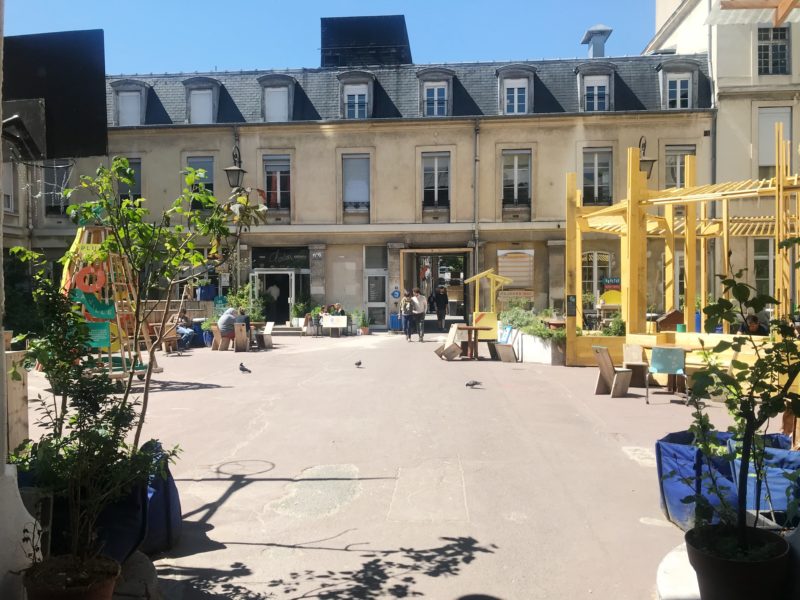
Once a month, the third Sunday of the month, neighbors and curious hunt for second-hand objects and crafts creations at the Solidarity Market of Les Grands Voisins. Don’t hesitate to visit the website, or follow the events on Facebook so you don’t miss the next one!
With the COVID-19 pandemic, the end of the project was delayed to the end of September 2020 and a month of closing events happened. On October 31st the keys of Les Grands Voisins were handed over to PBA for the last reconversion of the site.
The new eco-district of Paris coming up in 2024.
Paris City wants to transform the Saint-Vincent-de-Paul Hospital into a mixed, open and inclusive district. The spirit of sharing is at the heart of the project. It includes 42,000 m² of housing, 5,390 m² of public facilities (daycare center, school and gymnasium) and 7,480 m² of shops.
The historic buildings will be renovated and will continue to bring the history of the site to life.
With a strong ecological dimension, the only means of travel will be by bicycle or on foot. And rainwater will be reused to cool the grounds during heat waves.
Find out more information on the Paris &Métropole Aménagement websites and the blog of the Saint-Vincent-De-Paul project.
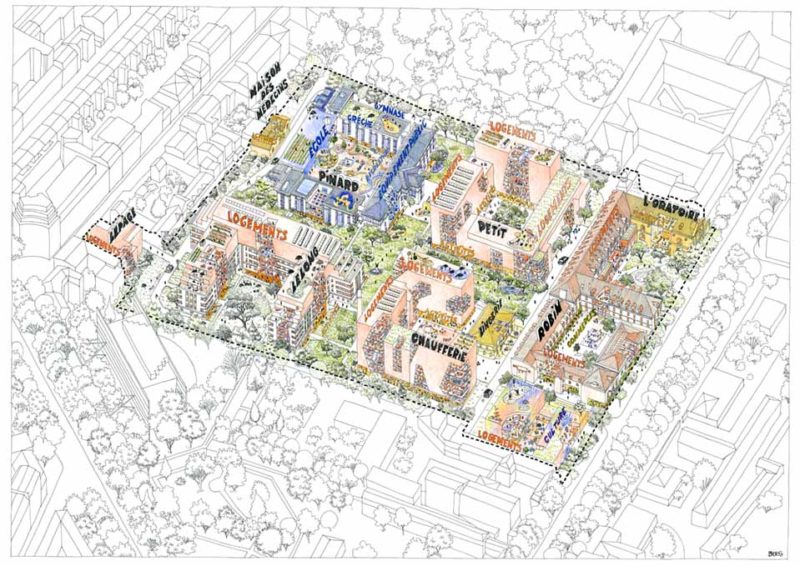
[Update Jan 21: ]As for WWoW, we moved to a new temporary office in Paris 11.

